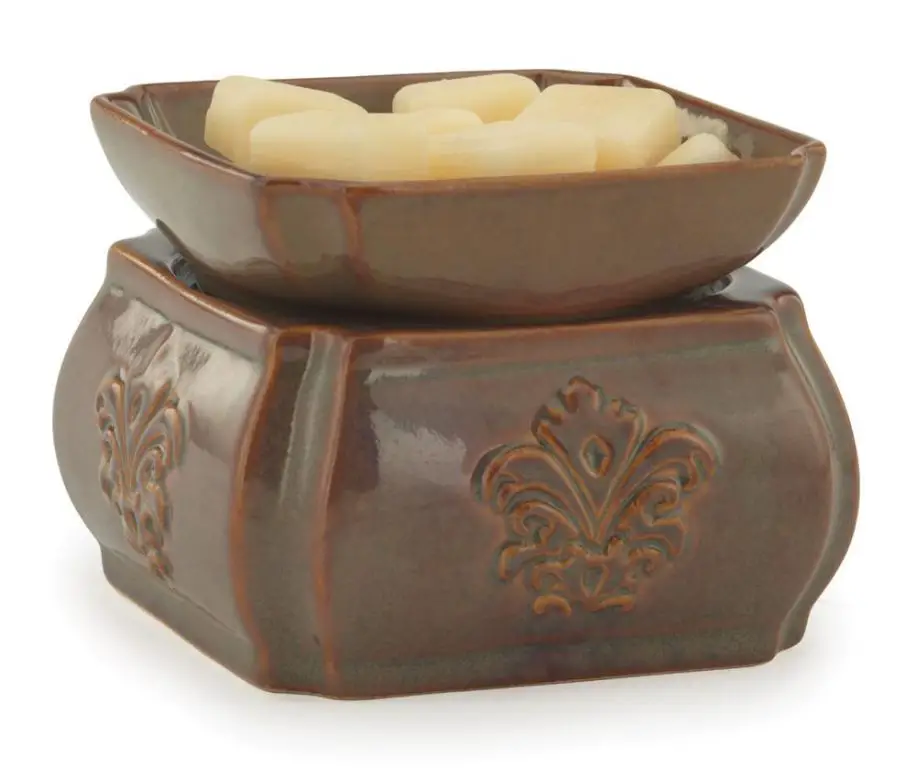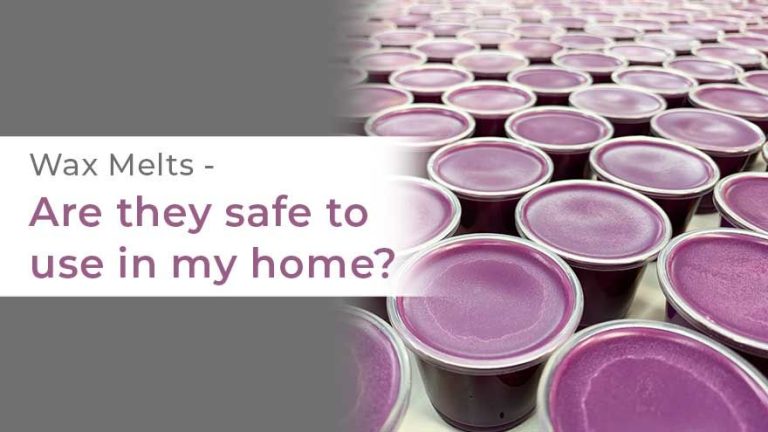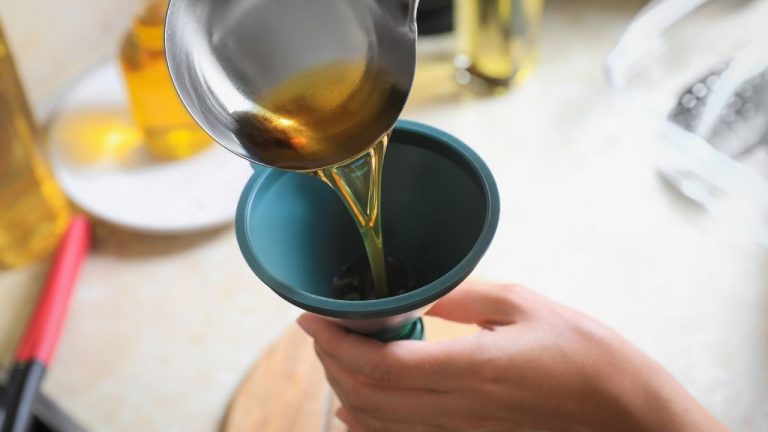Do Soy Wax Melts Need To Cure?
What Are Soy Wax Melts?
Soy wax melts are small chunks or blocks of soy wax infused with essential oils for scent that are melted to release fragrance. They are a popular alternative to traditional candles. Rather than burning a wick, soy wax melts are placed in an electric wax warmer, candle lamp, or tart burner that gently heats them to melt and diffuse scent without an open flame (Source: https://windandsage.com/blogs/news/benefits-of-soy-wax-melts).
The wax itself is made from hydrogenated soybean oil and has a low melting point, allowing it to melt at temperatures as low as 86-90°F. Unlike paraffin wax, soy wax is made from a renewable and sustainable source. The essential oils infused into soy wax provide fragrance as the wax melts. Soy wax melts offer several advantages over candles because they don’t require a wick or open flame to release scent. Once melted in a warmer, the wax can last for hours, gradually diffusing the aroma into the air (Source: https://soapfullness.co.uk/why-use-soy-wax-melts/).
Do Soy Wax Melts Require Curing?
Curing is the process of allowing wax melts to rest after being made so that the fragrance oil can fully integrate into the wax. When making candles, curing is essential to allow the fragrance to stabilize and the candles to burn properly. However, curing is not necessary for soy wax melts.
Unlike candles, soy wax melts do not require any wick testing or burn testing. They simply need to melt and release fragrance when heated. According to fragrance oil supplier Fragrance Oils Direct, soy wax melts only need about 48 hours for the fragrance oil to fully bind to the wax before they are ready to use.
In general, there is no need to cure soy wax melts. Allowing them to set in the molds for 1-2 days is sufficient for the wax to completely harden and absorb the fragrance oil. While some makers prefer to cure their melts for 1-2 weeks or more, this extended curing does not provide any significant benefit for soy wax melts. They will work just as well after a couple days of setting time.
Why Curing Is Used For Candles
Curing is an important part of the candle making process because it allows for more even melting and burning when the candle is lit. When poured candles are freshly made, the wax molecules are still settling into position. During the curing period, the wax continues to solidify and stabilize. According to Late Harvest Candle Co., curing allows “ample time for your wax and your fragrance to bind together. You truly want these two components to be integrated into each other.”
Additionally, curing helps reduce issues like frosting and sweating that can occur with candles. Frosting is when white spots form on the surface of the candle, which happens when fragrance oil separates from the wax. Sweating is when droplets of oil appear on the candle surface. As the Armatage Candle Company explains, “As the wax cures, the crystal structure changes…resulting in a harder set wax and tighter bind with the fragrance and dye molecules.” This helps prevent frosting and sweating issues.
Soy Wax Melt Chemistry
Soy wax is made from hydrogenated soybean oil. Chemically, it consists mainly of triglycerides containing a high proportion of stearic acid, typically around 50% (1). This gives soy wax different properties compared to paraffin wax, which is derived from petroleum.
Paraffin wax is composed of hydrocarbons, while soy wax contains fatty acids. Soy wax is made of long molecules that form crystals as it solidifies. This crystalline structure allows soy wax to hold fragrance well. Paraffin wax forms smaller crystals, making it less effective at retaining scents (2).
Additionally, soy wax has a lower melting point (around 125–135°F) compared to paraffin wax (135–145°F). This allows soy wax melts to liquefy at lower temperatures, releasing fragrance more readily. The wax melt’s texture and ability to hold scents depends on the soy wax’s composition and manufacturing process.
(1) https://en.wikipedia.org/wiki/Soy_candle
(2) https://www.candlescience.com/learning/what-is-soy-wax/
Testing Soy Wax Melt Curing
Anecdotal evidence from hobbyists and professional candle makers suggests that curing soy wax melts can improve performance. On candlemaking forums and Reddit threads, many report testing cured and uncured soy wax melts side by side and noticing differences.[1]
In these informal tests, cured soy wax melts generally exhibit stronger cold and hot throw compared to melts that are used immediately after cooling. The fragrance seems more evenly dispersed and robust after curing. One Reddit user found that uncured soy melts had very faint scents, whereas melts cured for 1-2 weeks smelled much stronger at the same wax-to-fragrance ratio.[1]

While not scientific, these anecdotal comparisons suggest that curing may allow time for the soy wax and fragrance oil to fully integrate. This results in melts that release fragrance more effectively when melted or heated. However, the optimal cure time can vary based on factors like wax quality, melt vessel, fragrance type, etc.
When To Cure Soy Wax Melts
Curing soy wax melts is optional, but can be beneficial in certain situations. Here are some tips on when and how to cure soy wax melts if desired:
Curing may help if you notice the fragrance is not dispersing well through the entire melt or the scent throws less after curing. Allowing the melts to cure gives time for the fragrance oil to fully bind with the soy wax, helping fragrance dispersion and strength. According to Purcell & Woodcock, soy wax melts generally require around 7 to 10 days cure time for optimal fragrance binding.
Curing can also help melts hold their shape better if you had issues with melts slumping or becoming misshapen when removing from the mold. Letting melts cure fully hardens the wax. Serathena recommends curing melts for a minimum of 2 weeks before using for best results.
To cure melts, allow poured melts to fully harden in the mold undisturbed for 24-48 hours. Then gently remove from the molds and place melts in a dry location away from light and heat for the desired cure time, typically 1-2 weeks though up to 4 weeks can be used for maximum cure. Store cured melts in a cool, dry area until ready to use.
Storing Soy Wax Melts
Proper storage is important for maintaining the scent and performance of soy wax melts. In general, soy wax melts should be stored in a cool, dry place away from direct sunlight and heat sources according to this source. Exposure to heat and humidity can cause the fragrance oils in soy wax melts to fade more quickly. Storing melts in an airtight container will also help preserve the scent by preventing the fragrance from escaping.
Many crafters recommend storing soy wax melts in airtight containers like mason jars or plastic containers with tight-fitting lids according to this source. Glass containers allow you to easily see the wax melts inside while preventing scent absorption that can happen with plastic. Just make sure to keep the container out of direct light. Some people choose to store soy wax melts in the refrigerator or freezer, but this is not necessary if stored properly in a cool, dry place.
No matter where you store them, keeping soy wax melts in an airtight container will help maximize scent retention and performance life. Follow the storage recommendations and your soy wax melts should maintain their wonderful fragrance for many months to come.
Soy Wax Melt Alternatives
While soy wax is a popular choice for making melts, there are other wax options like paraffin or beeswax that can be used as well. Each type of wax has its own characteristics when it comes to scent throw, melting point, burn time, and environmental profile.
One of the main alternatives to soy is paraffin wax. Paraffin wax is derived from petroleum, so it is not considered as natural as soy wax. However, paraffin melts are very cost effective and have an excellent scent throw. Paraffin also has a higher melting temperature than soy, so paraffin melts may last marginally longer before melting. One downside is that paraffin produces more soot than soy when burning.
Beeswax is another option, made from honeycomb produced by honey bees. Beeswax has a lovely natural honey aroma, though this can compete with added fragrances. Beeswax has a very high melt point, around 144-147°F, meaning beeswax melts will last longer than soy or paraffin. However, beeswax is quite expensive compared to other wax options. Beeswax is also difficult to work with due to its high melt point.
In terms of curing, there is no need to cure paraffin wax melts. Paraffin wax hardens fully without undergoing the type of molecular changes that soy wax does. Beeswax does not require curing either since it is already in its fully hardened state when collected from the hive.
So in summary, soy wax alternatives like paraffin and beeswax do not require any curing time. The main reasons to use soy wax for melts are its renewable botanical origins, excellent scent throw, and ease of use balanced with good complexity.
Making Your Own Soy Wax Melts
Making soy wax melts at home is easy with just a few ingredients and steps. Here is a basic soy wax melt recipe and instructions:
You’ll need:
- Soy wax flakes
- Fragrance oil
- Dye/color (optional)
- Silicone molds
Instructions:
- Melt soy wax flakes in a double boiler or specialized wax melter, heating to 185-200°F. Melt 1 pound of soy wax at a time. (Source)
- Once melted, add liquid dye for color if desired. Stir to combine. Use 0.5-1 oz of dye per 1 pound of wax.
- Next, add your chosen fragrance oil. Use 1 oz of oil per 1 pound of wax. Stir again.
- Carefully pour the scented wax into silicone molds. Allow to fully cool and harden.
- Pop out your soy wax melts and enjoy!
When making soy wax melts, you can get creative with additives like glitter or dried botanicals. Just add them sparingly into the melted wax and mix well before pouring. Popular scent choices include fruity, bakery, and floral oils. Always use a wax-safe fragrance at the recommended concentration for best results.
Conclusion
In summary, soy wax melts do not technically require curing like traditional soy candles. This is because soy wax melts have a different chemical composition and are not subject to the same cooling and shrinkage issues as poured candles. The low melting point of soy wax means melts can be safely used right away without risk of tunneling or poor performance.
With that said, allowing soy wax melts to sit for a few days after production can help improve fragrance retention and stability. But extensive curing times are unnecessary. For best results, store melts in an airtight container for 1-2 days before first burning. After the initial “rest period”, soy wax melts will be ready to use and enjoy as needed.
In conclusion, while curing is not required, allowing soy wax melts a brief resting period before use can enhance the quality and scent throw. But unlike candles, soy wax melts do not demand a long curing process.






